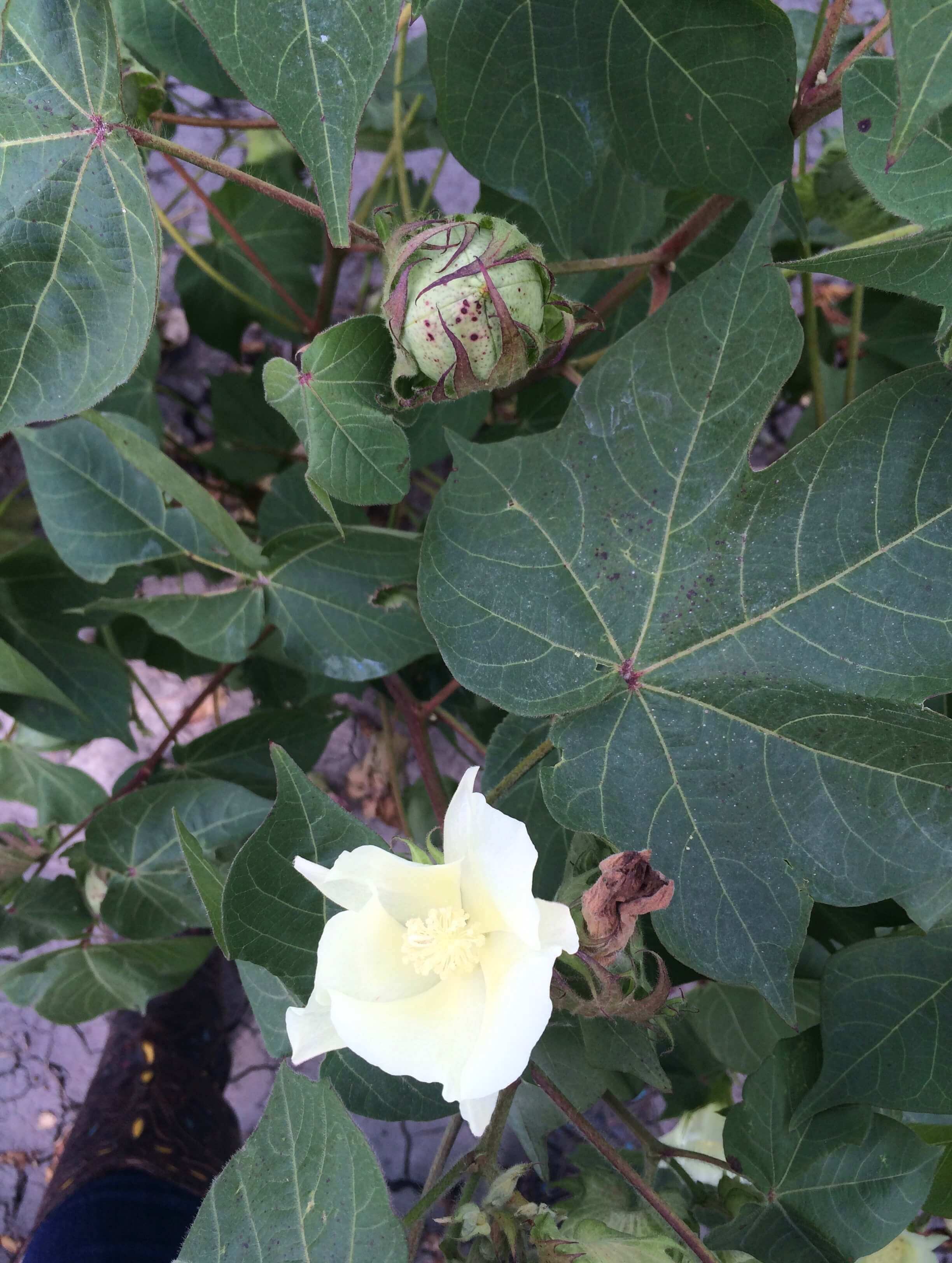Preventive Maintenance For Plants
Jul 02, 2019

If you’ve ever sat in a grower meeting with a crop protection rep , you may recall the words: preventive and curative. Now I don’t know about you , but the only other time I’ve heard those phrases used are at my doctor’s office. “Diet and exercise are good for the body ,” he always says. “It prevents diseases ,” he says. I’ve heard this time and time again , and depending on what my bathroom scale and mirror tell me , I tend to quit listening and taking the advice because I’ll admit it… I get tired of doing the same thing year after year after year and dragging myself to the gym or turning down my mom’s ooey gooey butter cake. Can you relate?
So what does all of this have to do with listening to a rep talk about using fungicides on a crop this year? It can feel the exact same way. It’s hard to know the future , so we tend to focus on the past and present. We know fungicides are good for the crop , but commodity prices , weather , labor demands , and weed pressure are forcing us to make difficult input decisions. Plus we aren’t even seeing much disease pressure out there… yet.
I’m not here to tell you that you’ll be successful 100% of the time when it comes to applying fungicides , just as I can’t tell you that diet and exercise will guarantee you’ll have great health , but this is what I want you to ask yourself: if you knew you were leaving yield potential on the table by skipping the fungicide application because you haven’t seen a speck of disease in your fields , would you consider applying a fungicide in a non-disease year? My desired agronomic answer from you at the end of this article is “yes ,” because I know there’s a pretty good chance that you want high numbers on your bottom line , the numbers on your yield monitor , or best case scenario: both , just as I want to live a long , healthy life. Let’s talk the agronomics.
Data and agronomics.
Answer Plot® data shows that 88% of the time , there’s a positive response to using a fungicide in corn and that 95% of the time , there’s a positive response to using fungicides in soybeans. Now that’s not 100% , but wow those are solid odds. Before I tell you exactly how that works , let’s cover the basics.
Preventive fungicides fight to prevent infection from occurring , while curative fungicides stop the spread of disease within the first few days of infection.
Why should I use a fungicide when I have no disease? Two phrases:
This article written by Sara Smelser , Agronomist. If you have questions regarding fungicides , feel free to reach out at sara.smelser@greenpointag.com or contact your local GreenPoint AG rep.
So what does all of this have to do with listening to a rep talk about using fungicides on a crop this year? It can feel the exact same way. It’s hard to know the future , so we tend to focus on the past and present. We know fungicides are good for the crop , but commodity prices , weather , labor demands , and weed pressure are forcing us to make difficult input decisions. Plus we aren’t even seeing much disease pressure out there… yet.
I’m not here to tell you that you’ll be successful 100% of the time when it comes to applying fungicides , just as I can’t tell you that diet and exercise will guarantee you’ll have great health , but this is what I want you to ask yourself: if you knew you were leaving yield potential on the table by skipping the fungicide application because you haven’t seen a speck of disease in your fields , would you consider applying a fungicide in a non-disease year? My desired agronomic answer from you at the end of this article is “yes ,” because I know there’s a pretty good chance that you want high numbers on your bottom line , the numbers on your yield monitor , or best case scenario: both , just as I want to live a long , healthy life. Let’s talk the agronomics.
Data and agronomics.
Answer Plot® data shows that 88% of the time , there’s a positive response to using a fungicide in corn and that 95% of the time , there’s a positive response to using fungicides in soybeans. Now that’s not 100% , but wow those are solid odds. Before I tell you exactly how that works , let’s cover the basics.
Preventive fungicides fight to prevent infection from occurring , while curative fungicides stop the spread of disease within the first few days of infection.
Why should I use a fungicide when I have no disease? Two phrases:
- oxidative stress
- growth enhancement
This article written by Sara Smelser , Agronomist. If you have questions regarding fungicides , feel free to reach out at sara.smelser@greenpointag.com or contact your local GreenPoint AG rep.